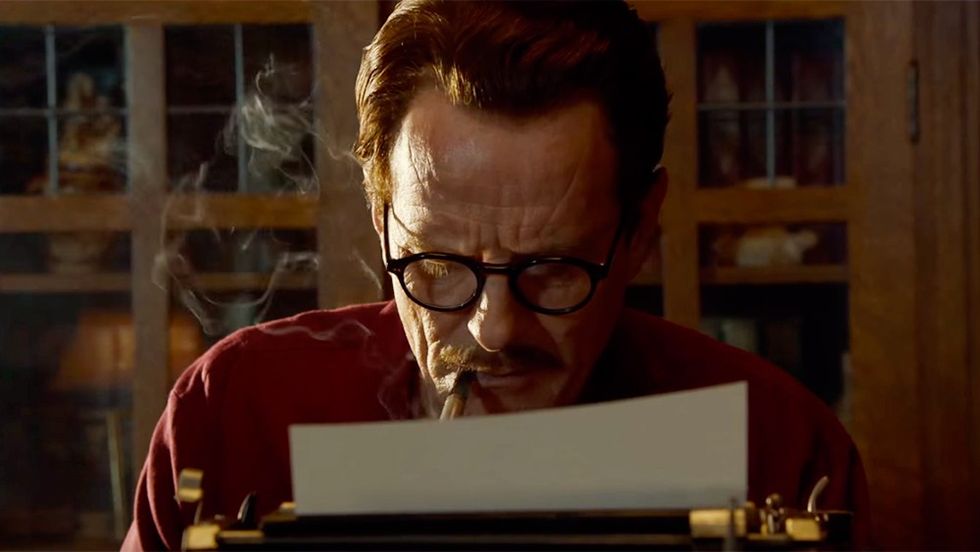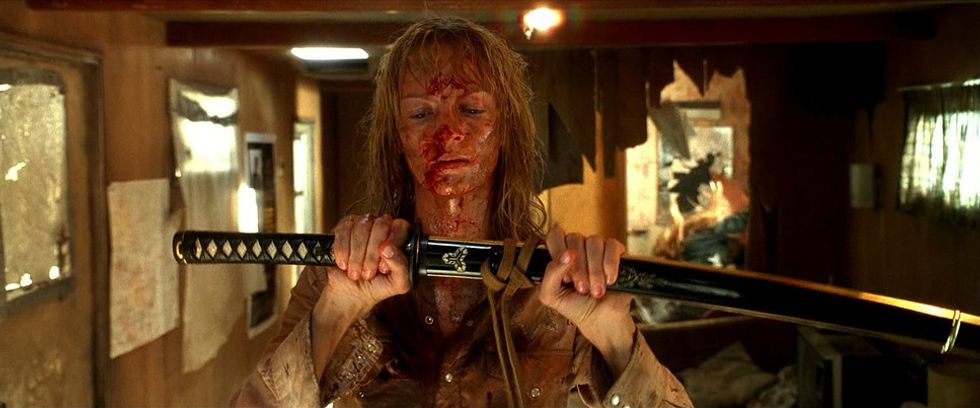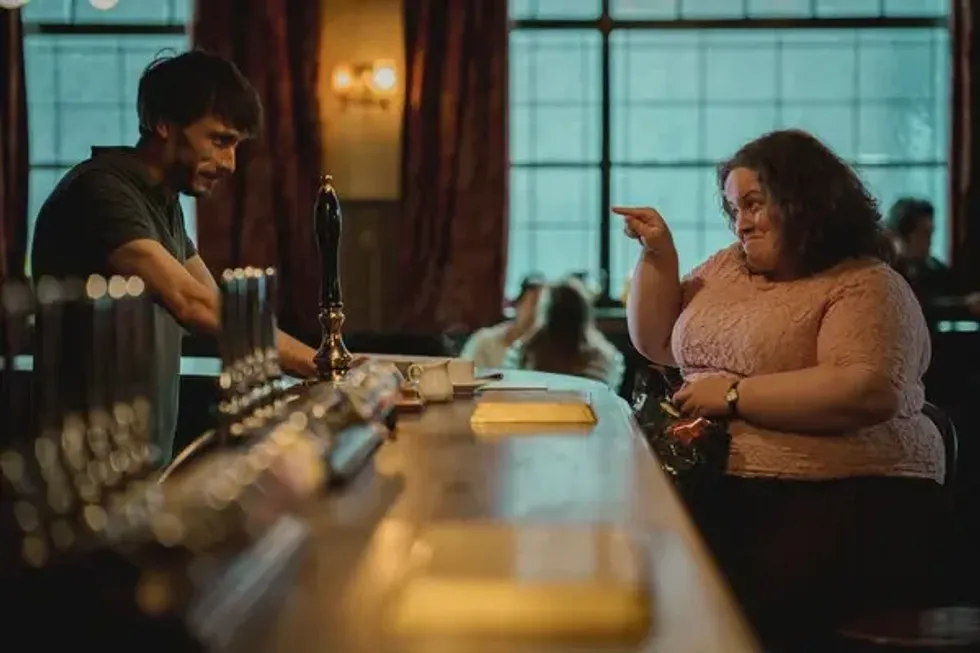Watch: Using Cinematography to Craft Story in 'Nightcrawler'
Discover how Robert Elswit's cinematography places the viewer inside the troubled mind of a media scavenger.

Dan Gilroy's 2014 debut film Nightcrawler stars Jake Gyllenhaal in one of his creepier roles as Lou, an increasingly reclusive and paranoid Los Angeles "stringer"—the term for a freelance photojournalist who sells his (violent/disturbing) footage to TV stations. It's a mostly nocturnal profession, and as the movie progresses, Lou retreats further into the darkness, taking an emotional as well as a visual journey that is charted by the cinematography of Robert Elswit, the Academy Award winning DP of There Will Be Blood. In this video, Jack of Jack's Movie Reviews shows how this journey visually unfolds.
Isolation
Lou is a character who, though he is a part of the world, isn't "really in sync with it," and this can be seen in a few ways. In this scene, with Riz Ahmed (from The Night Of), notice how the framing (and editing) places the two of them. While Ahmed's character, Rick, is positioned in front of a diner scene, with people (who are relatively in focus) behind him, Lou appears framed by a window that shows bright California day outside, but has the effect of throwing Lou into shadow. The cutting rhythm for most of the scene also keeps them isolated; there are no over-the-shoulder shots to suggest intimacy, and the rare two shots of them are shot with relatively long lenses, giving a sense of distance.
Bokeh
Bokeh, an effect "that shows off light as round shapes, almost always in a blurred background" is used extensively in the film in order to separate Lou from the rest of the world, to put him apart from society, as well as to emphasize his deep connection to media. Achieved through the use of a wide-angle lens with a shallow depth-of-field, the bokeh in Nightcrawler emphasizes that Lou's existence is a mediated one (pun sort of intended). In this clip, the world around him fuzzes out at the edges, and indeed, while we are frequently viewing the same scene through the eye of the film camera and the eye of Lou's camera, it's only through Lou's viewfinder that the image appears crisp and real. Lou's interest in reality is contingent on whether or not it's being filmed, and how much he's getting paid (which, of course, hints at deeper issues.)
Only half there
Lou is a character who, throughout the film (ironically, set in sunny Los Angeles), battles with his desires to both relate to, and flee from, society, represented by the daytime. The way he is photographed dramatizes this, as he appears, almost always, lit partly from the side. Though it's not overpoweringly obvious, and the effect is always realistically justified through sets and locations, Lou is usually seen in a half-shadow, emphasizing the dual nature of his personality. This can be seen even in this clip from early in the film, when he goes around looking for employment. As the film progresses, of course, "he becomes one with the darkness" as he learns to thrive in the new, nocturnal world he has mastered, that of the visual vampire (if you will), feasting on the blood of the city and turning it into a living.
Jack's essay points out a crucial lesson for filmmakers, especially today when DSLR technology has made it so easy to get an acceptable (if not beautiful) image with far less effort and lighting than is required for film, which needs more light to get a good exposure (depending on the film stock you're shooting and a thousand other variables). Even when it's easy to achieve great effects, the direction of Gilroy and cinematography of Elswit demonstrate how motivated effects can add tremendous subtext to a film. When each choice is motivated and thought out, then, paradoxically, the film doesn't call attention to itself, but tends to blend into a cohesive, artistic whole, and that's definitely the case with Nightcrawler, a disturbing, and somewhat underseen, gem.
Source: Jack's Movie Reviews














